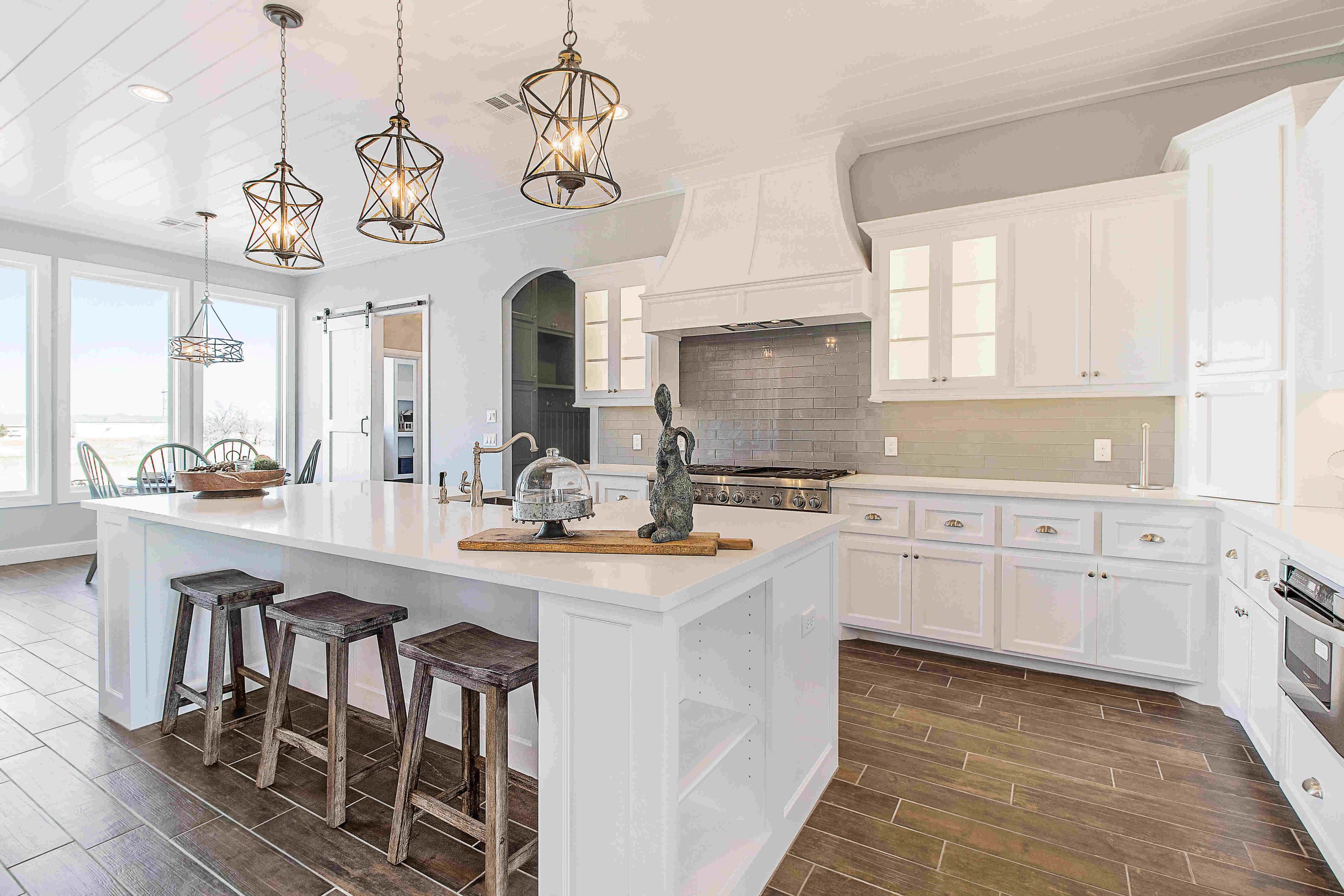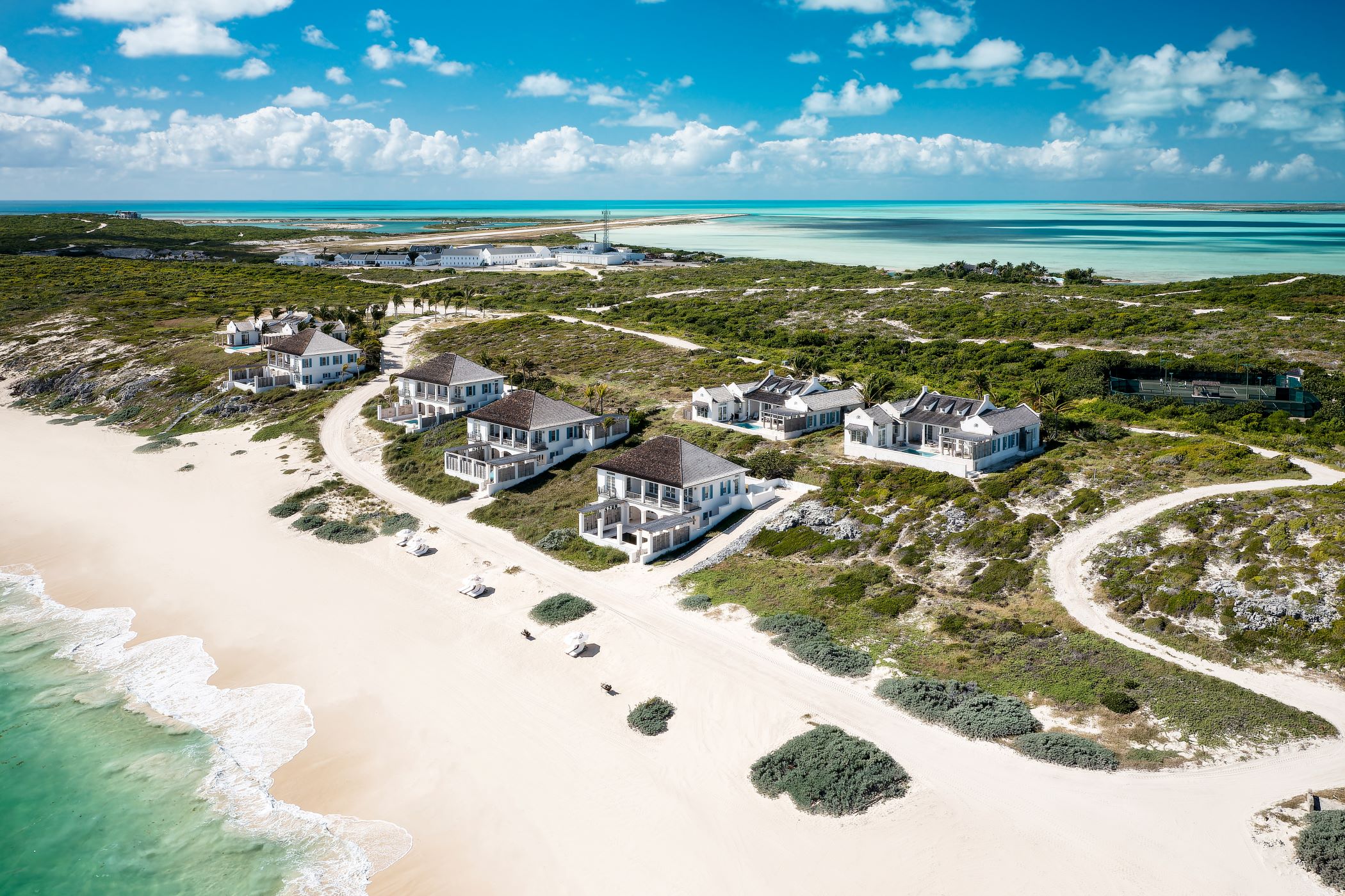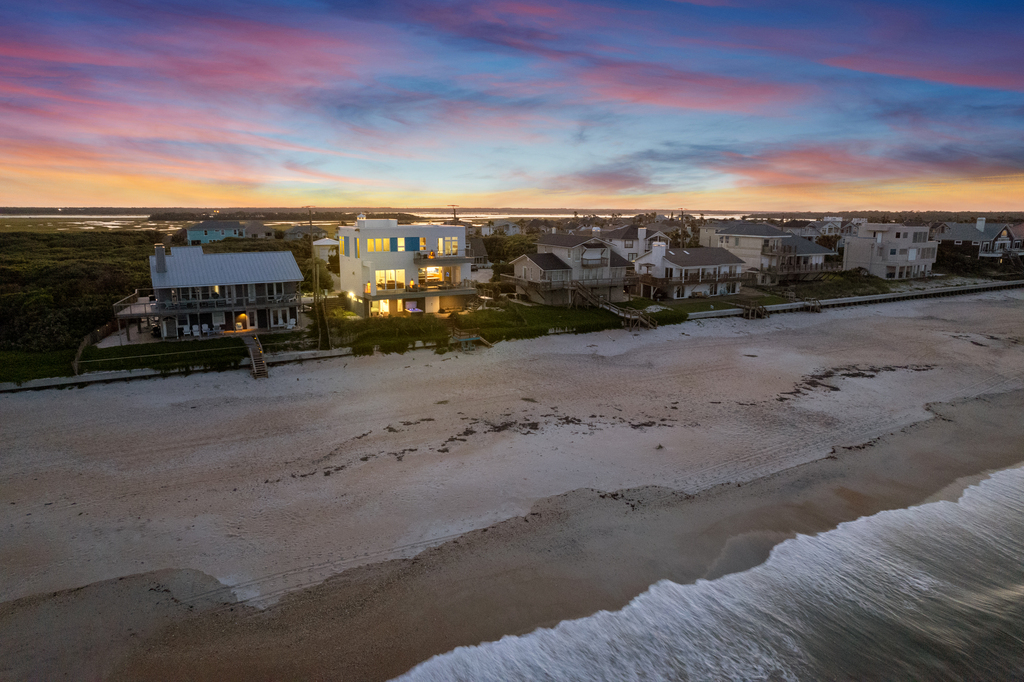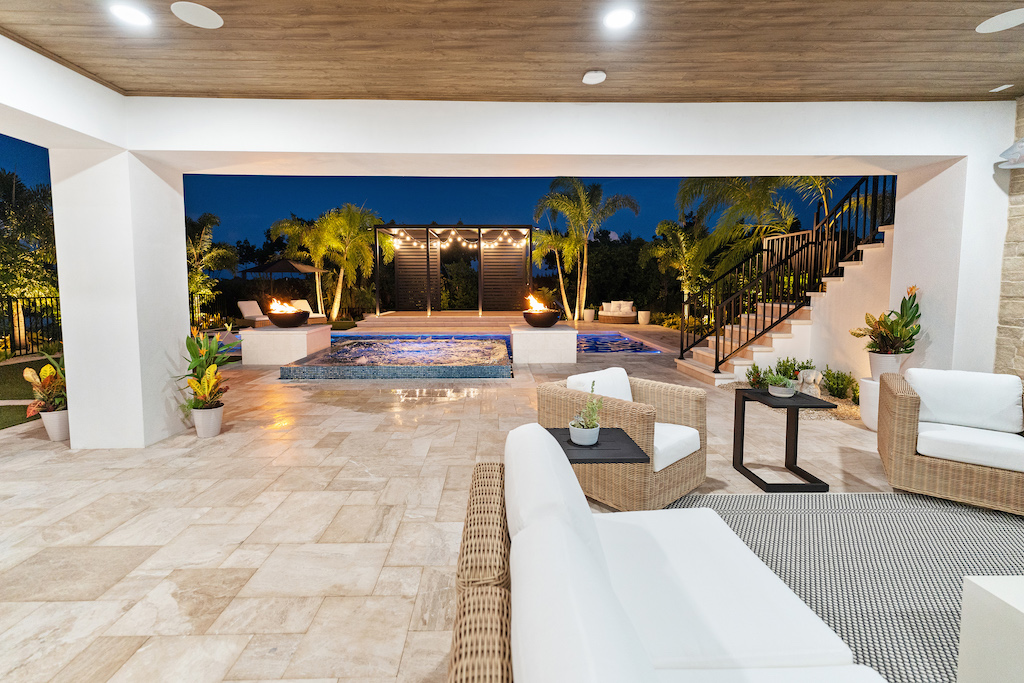In a world where environmental consciousness is on the rise, the realm of luxury interior design is undergoing a transformative shift toward sustainability. The marriage of luxury and eco-friendliness has birthed a fascinating trend known as "sustainable luxury." This design movement caters to the exquisite tastes of high-end clientele and aligns with responsible stewardship of our planet.

Photo Credit: Courtesy of Shutterstock
Nature-Inspired Palette and Materials
Sustainable luxury design draws inspiration from the natural world, seamlessly blending the elements of luxury with the tranquility of nature. Earthy tones, organic textures, and raw materials are central to this trend. Designers are turning to responsibly sourced wood, reclaimed materials, and innovative options like mushroom leather and algae-based textiles. These materials lend a unique charm to spaces and leave a lighter ecological footprint.
Biophilic Design
The biophilic design movement, which focuses on integrating nature into interior spaces, has gained significant traction within sustainable luxury. Living walls adorned with lush greenery, indoor gardens, and strategically placed large windows that offer breathtaking views are all part of this movement. Biophilic design enhances aesthetics and promotes well-being by improving air quality and reducing stress.
Energy Efficiency and Smart Technology
Sustainable luxury is not just about aesthetics; it's about embracing technology for the greater good. Energy-efficient lighting, smart thermostats, and automated shading systems are integral to eco-friendly design. These innovations not only save energy but also enhance the user experience. Imagine a space where lights adjust based on natural light availability and temperature adapts to your preferences, all while reducing energy consumption.
Upcycling and Vintage Revival
In pursuing sustainable luxury, designers are turning to the past for inspiration. Upcycling, the art of repurposing discarded items into functional decor, is gaining prominence. Vintage furniture pieces are meticulously restored and integrated into contemporary spaces, adding a touch of history and character. This trend reduces waste and cultivates a sense of timelessness in design.
Ethical Artisanal Craftsmanship
Handcrafted elements have always been associated with luxury, and sustainable design is no exception. Ethical artisanal craftsmanship is at the heart of this movement. Designers are collaborating with local artisans to create bespoke pieces that reflect the culture and values of a region. This supports local economies and celebrates the human touch in an increasingly mechanized world.
Minimalistic Opulence
The concept of "less is more" is embraced in sustainable luxury design. Spaces are adorned with carefully selected statement pieces that exude luxury while maintaining a minimalist aesthetic. This approach reduces clutter, encourages mindful consumption, and highlights the beauty of each element in the room.
Circular Design Philosophy
Sustainable luxury isn't just a one-time effort; it's a mindset that embraces circular design principles. This involves creating products and spaces with longevity in mind, using materials that can be recycled or repurposed at the end of their lifecycle. Circular design reduces waste and encourages responsible consumption, aligning perfectly with the ethos of eco-friendly luxury.





